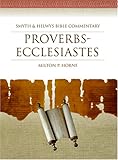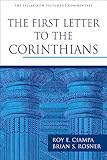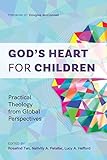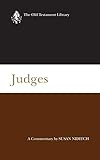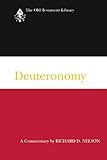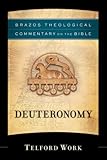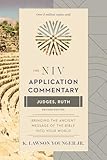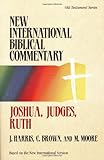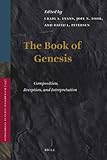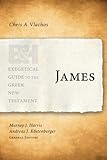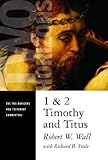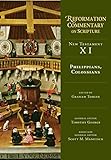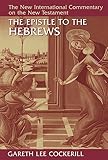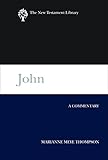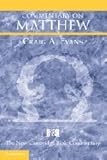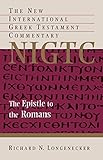A Comparative Study of Syncretic Practices between the Zionist Churches of Eswatini and Baal Worship in Ancient Israel.
Ward, Ashar Louise 1993
A Comparative Study of Syncretic Practices between the Zionist Churches of Eswatini and Baal Worship in Ancient Israel. - Johannesburg South African Theological Seminary 2022 - 122 PDF A4 Abstract, TOC
Culture and tradition have an influence on how people practice their faith in God. Theology cannot be practiced in a vacuum; there are outside influences that affect how every person lives out their faith. Christianity in Eswatini is no exception. It has been heavily influenced by how it first came to the nation, the missionaries that have taught about faith, and Eswatini’s own history and culture. The Zionist Church in Eswatini represents the largest church body of the country. Yet, the Zionist churches are known for contextualising Christianity into Swati culture. However, where is the line between being culturally relevant and the syncretism of two religions? The Zionist churches in Eswatini have often been labelled as syncretic in practice. This research found that not all Zionist churches can be called syncretic, however many Zionist churches still do practice a syncretism of STR and Christianity. This syncretism is compared to that practiced by Ancient Israel. Israel went through cycles of practicing syncretism by engaging in cultural practices from the surrounding nations that were not compatible with worship of Yahweh. One repeated temptation for Ancient Israel specifically was the lure of Baal worship. Ancient Israel was used as a case study for this research project, specifically to identify the dangers of syncretism and its consequences. The consequences that Ancient Israel faced for abandoning Yahweh were disastrous. In studying both Israel and Zionism in Eswatini, it is clear that the syncretic practices are very similar. This has led to similar consequences too. Eswatini seems to be encountering consequences that were also promised to Israel, such as lack of fertility of land, animals, and humans.
Baal Hammon (Phoenician deity)
Ancient Israel
A Comparative Study of Syncretic Practices between the Zionist Churches of Eswatini and Baal Worship in Ancient Israel. - Johannesburg South African Theological Seminary 2022 - 122 PDF A4 Abstract, TOC
Culture and tradition have an influence on how people practice their faith in God. Theology cannot be practiced in a vacuum; there are outside influences that affect how every person lives out their faith. Christianity in Eswatini is no exception. It has been heavily influenced by how it first came to the nation, the missionaries that have taught about faith, and Eswatini’s own history and culture. The Zionist Church in Eswatini represents the largest church body of the country. Yet, the Zionist churches are known for contextualising Christianity into Swati culture. However, where is the line between being culturally relevant and the syncretism of two religions? The Zionist churches in Eswatini have often been labelled as syncretic in practice. This research found that not all Zionist churches can be called syncretic, however many Zionist churches still do practice a syncretism of STR and Christianity. This syncretism is compared to that practiced by Ancient Israel. Israel went through cycles of practicing syncretism by engaging in cultural practices from the surrounding nations that were not compatible with worship of Yahweh. One repeated temptation for Ancient Israel specifically was the lure of Baal worship. Ancient Israel was used as a case study for this research project, specifically to identify the dangers of syncretism and its consequences. The consequences that Ancient Israel faced for abandoning Yahweh were disastrous. In studying both Israel and Zionism in Eswatini, it is clear that the syncretic practices are very similar. This has led to similar consequences too. Eswatini seems to be encountering consequences that were also promised to Israel, such as lack of fertility of land, animals, and humans.
Baal Hammon (Phoenician deity)
Ancient Israel

